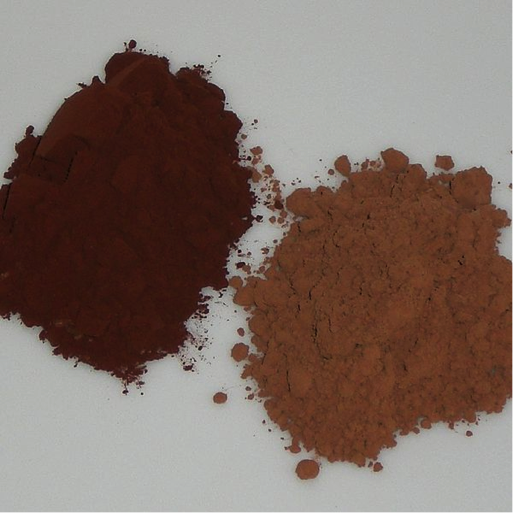61 Dutch Process Cocoa
This Dutch process is a treatment of the chocolate product with alkali, usually potassium carbonate. Cocoa beans have a pH of approximately 5.2. The treatment with alkali raises the pH of the finished product to 6.8 and higher. The process affects the flavour and colour of the chocolate product. Alkaline solution is generally applied to the raw beans or nibs but not to the liquor. If alkali is used in the cocoa liquor, it tends to react and leaves a soapy flavour.
Dutch cocoa is generally more expensive than natural cocoa. Whether or not the cocoa powder is Dutch process has some importance for some recipes. The Dutch process:
- Lowers acidity
- Increases solubility
- Enhances colour
- Smooths flavour
Because Dutch cocoa has a neutral pH and is not acidic like natural cocoa, it cannot be used in recipes that use baking soda as the leavening agent, which relies on the acidity of the cocoa to activate it. Rather, Dutch process cocoa can be used in recipes that use baking powder for leavening.

- Figure 12 "Dutch process and natural cocoa" by F_A - Licensed under CC BY 2.0 via Wikimedia Commons - https://commons.wikimedia.org/wiki/File:Dutch_process_and_natural_cocoa.jpg#/media ↵

